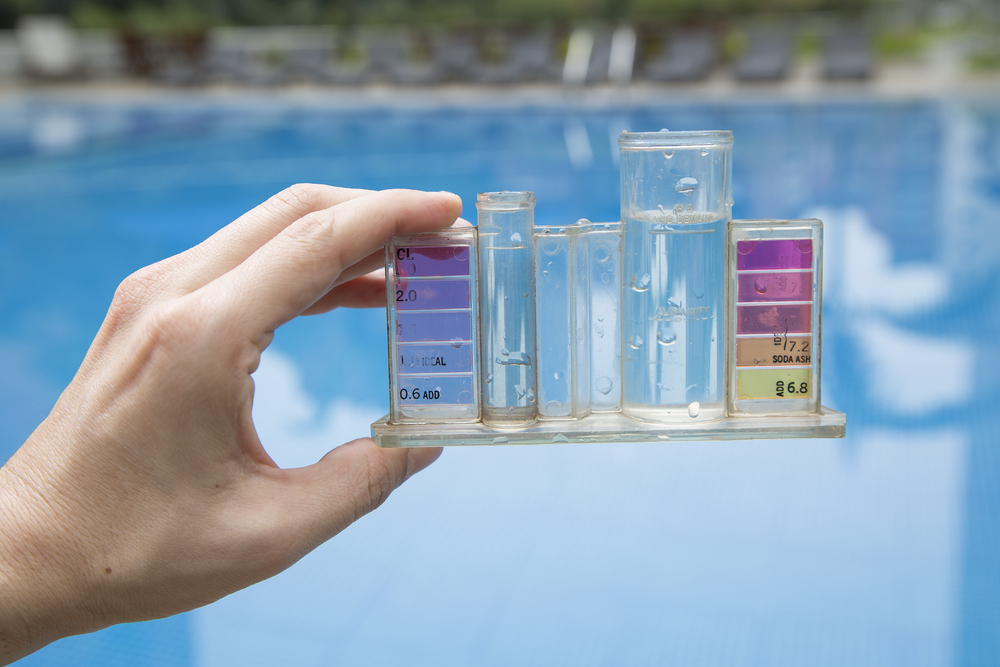Welcome to an insightful exploration of Distilled Water pH: Understanding the Basics. In this comprehensive guide, we delve into the fascinating world of distilled water’s pH, shedding light on its significance and impact on various applications. Whether you’re a curious enthusiast, a scientist, or a concerned consumer, this article will equip you with essential knowledge about distilled water ph and its relevance in different contexts. Join us as we demystify the principles behind pH, examine the unique properties of distilled water, and uncover the implications of its pH level on health, science, and daily life. Prepare to gain a deeper understanding of the importance of pH in distilled water and how it plays a crucial role in ensuring water quality and safety. Let’s embark on this educational journey together, exploring the nuances of distilled water pH and empowering ourselves with valuable
pH and the Acid-Base Scale
pH is a measure of the acidity or alkalinity of a substance, on a scale of 0 to 14. A pH of 7 is considered neutral, while pH values below 7 indicate acidity, and pH values above 7 indicate alkalinity. The pH scale is logarithmic, meaning each whole number change in pH represents a tenfold change in acidity or alkalinity. For example, a substance with a pH of 5 is ten times more acidic than a substance with a pH of 6.

The pH of Distilled Water
The pH of pure distilled water at room temperature (around 25°C or 77°F) is approximately 7, making it neutral on the pH scale. However, it’s important to note that the pH of distilled water can vary slightly due to its interaction with carbon dioxide in the air. When exposed to the atmosphere, distilled water can absorb carbon dioxide, forming carbonic acid and causing a slight decrease in pH, making it slightly acidic (pH slightly below 7). However, this change is minimal and typically not significant for most applications.
Impact of CO2 Absorption
The absorption of carbon dioxide in distilled water is a reversible process. When exposed to the air for an extended period, the carbon dioxide will eventually equilibrate, and the pH of the water will return to around 7. Distilled water stored in a sealed container or kept away from exposure to the air will maintain its neutral pH for a more extended period.
Applications of Distilled Water
Distilled water’s neutral pH and lack of impurities make it useful in various applications:
1. Laboratory Use:
In laboratories, distilled water is often used for preparing solutions and conducting experiments that require precise control of pH.
2. Medical Procedures:
Distilled water is used in medical settings for cleaning and sterilization purposes due to its purity.
3. Home Appliances:
Distilled water can be used in steam irons, humidifiers, and other appliances that require water with minimal mineral content to prevent the build-up of scale.
4. Batteries:
Distilled water is used in lead-acid batteries to top up the electrolyte level and maintain battery performance.
5. Cooling Systems:
In some industrial processes and cooling systems, distilled water is preferred to prevent mineral deposits that can clog pipes and reduce efficiency.
Conclusion
Distilled water has a neutral pH of approximately 7, making it neither acidic nor alkaline. However, exposure to carbon dioxide in the air can cause a slight decrease in pH, making it slightly acidic. This change is reversible, and distilled water will return to its neutral pH over time when not exposed to the air. Its purity and lack of impurities make it suitable for various applications, from laboratory use to medical procedures and home appliances. Understanding the pH of distilled water helps us appreciate its significance and effectiveness in specific applications where purity and a neutral pH are essential.

